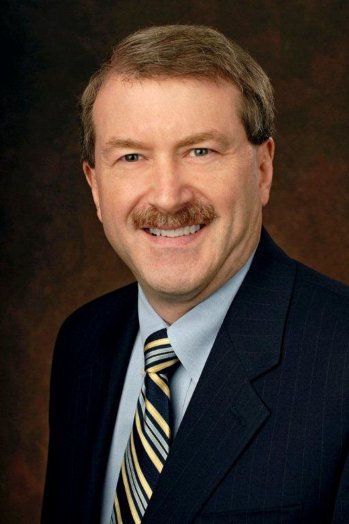SMPTE 2016 Q&A: Outgoing SMPTE President Seidel on Past, Present, Future of Broadcast and Cinema
Story Highlights
CBS VP, Engineering and Advanced Tech, Robert Seidel’s term as SMPTE president comes to an end at the end of the year. Seidel, who will continue to serve on the SMPTE Board of Governors as the society’s past president, played an integral role in the development and implementation of HDTV, as well as the digital-TV transition and other innovative projects.
 At SMPTE 2016 on Tuesday, Seidel was joined by legendary filmmaker, innovator, and entrepreneur Douglas Trumbull for the opening keynote presentation, “Past, Present, and Future of Broadcast and Cinema.”
At SMPTE 2016 on Tuesday, Seidel was joined by legendary filmmaker, innovator, and entrepreneur Douglas Trumbull for the opening keynote presentation, “Past, Present, and Future of Broadcast and Cinema.”
SVG spoke with Seidel at the SMPTE 2016 show to discuss his keynote with Trumbull, SMPTE’s latest developments, and his legacy as president.
Can you tell me a bit about your keynote presentation with Douglass Trumbull to kick off SMPTE 2016?
First of all, it was an honor to present with Douglas Trumbull. We wanted to acknowledge all of the technical effort that goes into motion pictures and television because, without the technologists, there would be no entertainment industry. When you look at the 100 years of innovation and changes that have occurred in this industry, every technological change has been brought about by SMPTE members. Therefore, we thought it was very important to note in our presentation a lot of the things we take for granted and bring [them] to light. People forget what it was like before there were motion pictures without sound and without color, so we wanted to go through the history of the innovation in this industry. We spent a brief period on the past, looking at the early work of motion pictures and television, but we really tried to focus on the recent past, such as Cinerama and the advent of high-definition television. There has been a very interesting interplay between motion pictures and television, and we were very excited to address the evolution of that technology over the past century.
As your term as SMPTE president comes to an end, what initiatives are you most proud of during your time as the organization’s leader?
I think we’ve put a great emphasis on educating our membership with online courses and taking advantage of what we do best: video and audio. We have expanded our student sections: we now have 300 members in Hong Kong and a new chapter in Poland. We have a number of student chapters at universities throughout the world. Putting an emphasis on getting the youth involved in motion-picture and television production has been one of my primary goals and emphasis. We need to do more with online courses because that is the way people learn, and we’re trying to do that. We have an online networking course where you can take various courses and increase your knowledge of networking to get your certifications. I think we need to do more of that. That is probably what I’m most proud of.
Since SMPTE is a standards organization, how have you worked to improve the standards process during your time as president?
We have streamlined the standards process. We have produced a huge number of standards this year; that is the nature of this business. As we transition to a more software-based, transition-based technology infrastructure, the rate of change is increasing. Standards used to take a longer period of time because of the hardware implications, but, with software, it’s a much more rapid deployment and evolution. So I think getting the standards [produced] quickly and streamlining that process was a major initiative I put emphasis on.
